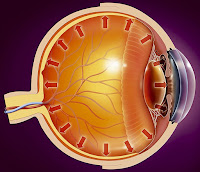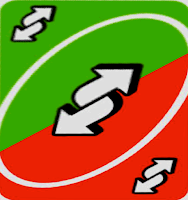Drugs Avoided in Patients with Renal Failure
➧ The excretion of water-soluble drugs and their active metabolites will be impaired. For drugs that are renally excreted the half-life increases slowly with deteriorating renal function until severe nephron loss at which point the half-life increases sharply with further reductions in renal function. Dialysis can only usually replace a small part of the excretory capacity of the healthy kidney.
Antibacterial agents:
1-Injectable penicillin G or carbenicillin: may be associated with neuromuscular toxicity, myoclonus, seizures, or coma.
2-Vancomycin
3-Amphotericin
4-Tetracyclines: except doxycycline (Vibramycin), have an antianabolic effect that may significantly worsen the uremic state in patients with severe disease.
5-Aminoglycosides
6-Imipenem/cilastatin (Primaxin): can accumulate in patients with chronic kidney disease, causing seizures if doses are not reduced.
7-Sulphonamides
8-Nitrofurantoin (Furadantin): has a toxic metabolite that can accumulate in patients with chronic kidney disease, causing peripheral neuritis.
Anesthetic drugs:
1-Muscle relaxants:
➧ Depolarizing muscle relaxant:
-Suxamethonium: should be avoided if hyperkalemia is present.
➧ Non-depolarising muscle relaxants (NDMRs):
-NDMRs depend on the kidney for elimination)
-NDMRs depend on the kidney for elimination)
-Gallamine: should be avoided
-Pancuronium, pipecuronium, alcuronium, curare, and doxacurium: should be used with caution. Potentiation of neuromuscular blockade may occur in the presence of metabolic acidosis, hypokalemia, hypermagnesemia, or hypocalcemia and with medications such as aminoglycosides. Monitor neuromuscular blockade whenever possible.
-Vecuronium and mivacurium: are safe to use in renal failure as only small percentages are excreted renally.
2-Opioids:
-Morphine: is metabolized in the liver to morphine-6-glucuronide which has about half the sedative effect of morphine with a markedly prolonged half-life.
-Pethidine: is partially metabolized to norpethidine which is less analgesic and has excitatory and convulsant properties.
-Tramadol and codeine: Metabolites can accumulate in patients with chronic kidney disease, causing central nervous system and respiratory adverse effects.
3-Inhalational agents:
➧ There is decreased elimination of the fluoride ions which are significant metabolites of enflurane, sevoflurane, and methoxyflurane which can worsen renal function, so these inhalational agents should be avoided especially if used at low flows.
Non-Steroidal Anti-Inflammatory Drugs (NSAIDs):
➧ NSAIDs should be avoided as all decrease renal blood flow and may precipitate complete renal failure.
➧ Adverse renal effects of NSAIDs include acute renal failure; nephrotic syndrome with interstitial nephritis; and chronic renal failure.
➧ The risk of acute renal failure is three times higher in NSAID users than in non-NSAID users.
➧ Other adverse effects of NSAIDs include decreased potassium excretion, which can cause hyperkalemia, and decreased sodium excretion, which can cause peripheral edema, elevated blood pressure, and decompensation of heart failure.
➧ NSAIDs can blunt antihypertensive treatment, especially if beta-blockers, ACE inhibitors, or ARBs are used.



























